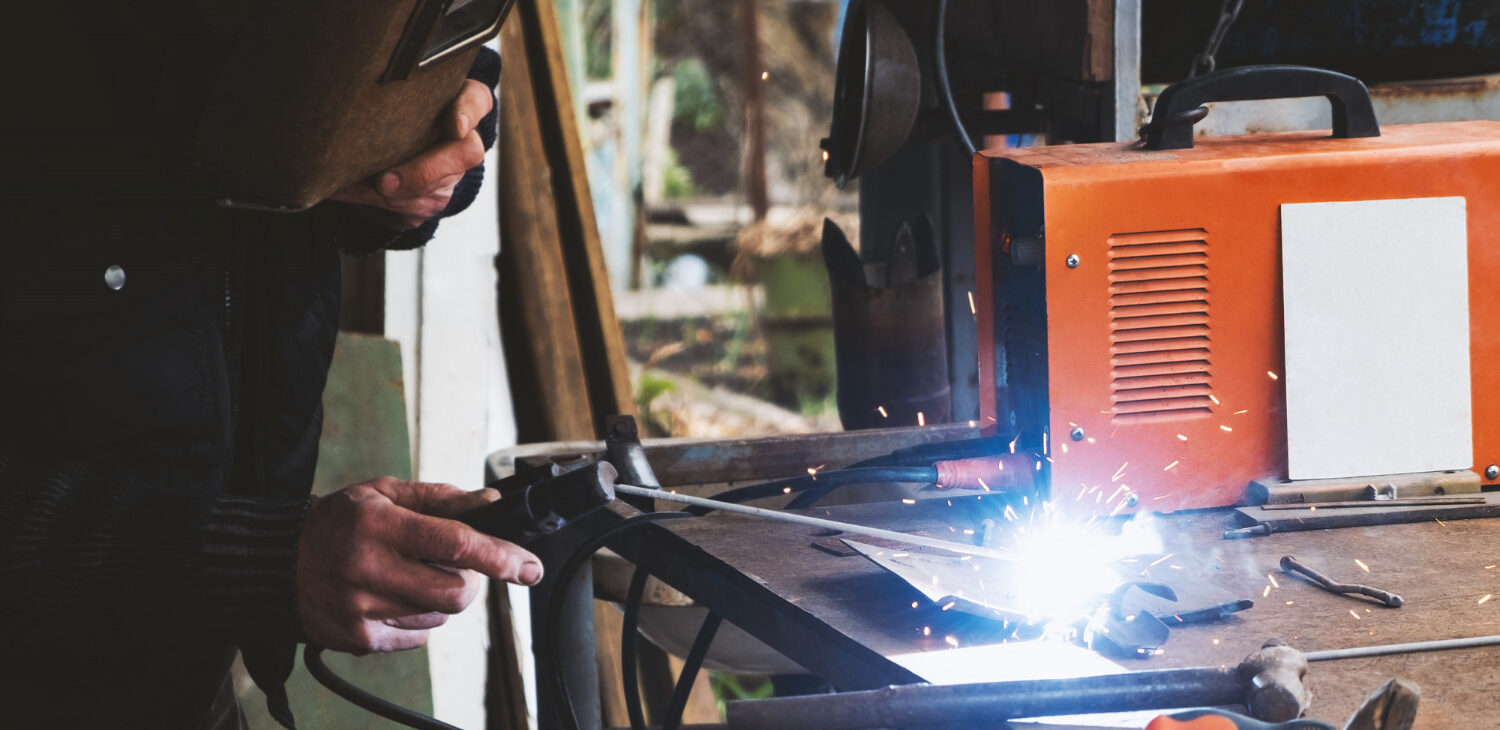The Timeless Charm of Classic Cars
Classic cars are more than just machines—they are a combination of design, history, and nostalgia. Whether it’s a sleek 1960s muscle car or a rugged vintage truck, enthusiasts around the world dedicate countless hours to bringing these vehicles back to life. Yet, no restoration project is complete without one critical process: welding.
Welding plays a central role in classic car restoration. From replacing rusted panels to reinforcing frames, welding ensures that a vehicle not only looks stunning but is also structurally safe. Without professional welding, restorations risk being only skin-deep—shiny on the outside, but fragile underneath.
Why Welding Is the Backbone of Restoration
1. Fighting Rust and Corrosion
Time is rarely kind to metal. Rust, corrosion, and decades of exposure can eat away at body panels, floor pans, and structural supports. Small patches of rust can be treated with sanding and coatings, but when metal is severely compromised, the only reliable solution is cutting and welding.
Through car body welding, restorers remove weak sections and replace them with fresh steel or aluminum panels. This process restores not only the appearance of the car but also its strength, ensuring the body can support paint, trim, and daily use without hidden weaknesses.
2. Frames: The Skeleton of Every Vehicle
Even if a car’s exterior looks salvageable, the frame often tells another story. Classic car frames may suffer from cracks, bending, or advanced rust damage. A weakened frame doesn’t just reduce value—it makes the car unsafe to drive.
Professional frame welding addresses these issues by reinforcing weak points or replacing entire sections of the frame. This process restores the chassis to its original strength, giving the vehicle the backbone it needs to handle the road once again.
3. Auto Frame Repair: Ensuring Long-Term Safety
While cosmetic welding focuses on panels and details, auto frame repair ensures that the car’s structure can handle stress, torque, and vibration. Without this, a vehicle may align poorly, suffer from uneven suspension wear, or even experience dangerous failures under driving conditions. Skilled welders make sure every classic restoration is as safe as it is beautiful.
Welding Techniques in Classic Car Restorations
MIG Welding for Speed and Efficiency
MIG (Metal Inert Gas) welding is widely used in body panel replacement. It works especially well on thin sheet metal, producing strong welds quickly. For restorers working on large sections like doors, fenders, or quarter panels, MIG is often the go-to process.
TIG Welding for Precision
TIG (Tungsten Inert Gas) welding provides unmatched precision. It’s especially useful in aluminum repairs or when working on visible joints where a clean finish matters. For classic restorations where authenticity and detail are everything, TIG welding is indispensable.
Stick Welding for Heavy-Duty Repairs
While less common in bodywork, stick welding is valuable for thicker sections such as frames. When frames require reinforcement or fabrication, stick welding provides the strength necessary to restore durability, especially in mobile or outdoor conditions.
Where Welding Makes the Difference
- Floor Pan Replacement: Rusted floor pans compromise safety and aesthetics. Welding ensures a solid base for interior restoration.
- Quarter Panel Patching: Instead of replacing full panels, skilled welders can patch sections to preserve original metal.
- Rocker Panel Repairs: These structural supports beneath the doors often rust first, making welding essential for rigidity.
- Frame Reinforcement: For restorations intended for performance, additional welded supports provide modern strength without changing vintage style.
The Role of Mobile Welding in Restorations
Many classic cars sit dormant in garages, barns, or storage for years before being restored. Transporting them to a shop isn’t always feasible, especially when frames or wheels are compromised. Mobile welding services solve this problem by bringing the tools and expertise directly to the vehicle’s location.
This not only saves time but also ensures that early restoration steps like structural welding can happen on-site. Mobile welders can address urgent issues like frame cracks or body panel replacements before the vehicle even moves to a paint or mechanical stage.
Why Professional Welding Is Non-Negotiable
Some enthusiasts may attempt DIY welding, but restoration welding is a skill that requires experience, specialized tools, and a deep understanding of metals. Mistakes can lead to warping panels, weak joints, or even structural failures. Professionals ensure that welds are clean, durable, and aligned with restoration goals.
With professional services like car body welding and frame welding, restorers gain peace of mind that their investment is protected by craftsmanship that meets both safety and aesthetic standards.
Long-Term Benefits of Proper Welding
- Safety: Structural strength ensures reliability on the road.
- Resale Value: Collectors seek cars restored with professional welding for authenticity and durability.
- Longevity: Welded repairs last decades, protecting against recurring rust or cracks.
- Performance: Reinforced frames and properly aligned structures improve drivability.
Conclusion: Welding Is the Foundation of Every Great Restoration
Restoring a classic car is an act of passion and patience. While paint and polish capture attention, welding provides the strength and stability that make restorations meaningful. From patching panels to rebuilding frames, welding ensures that these rolling icons aren’t just showpieces—they are safe, reliable vehicles ready to cruise for years to come.


